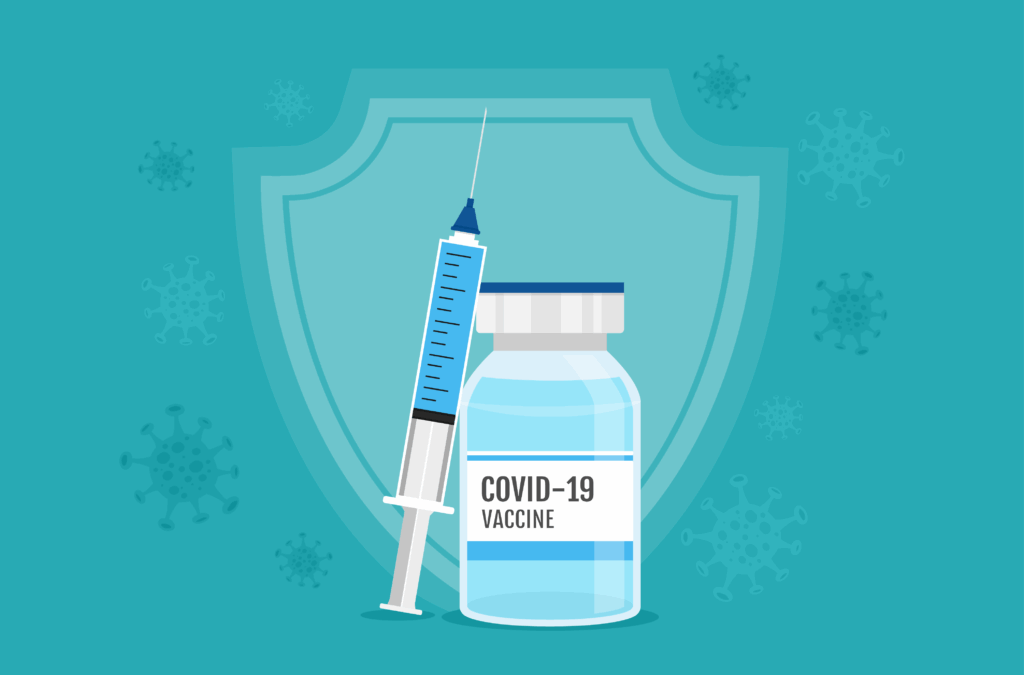
Dental Benefits’ Impact on Healthcare Costs

Preventive care has become a key focus in the battle to reduce healthcare costs, and increasingly, dental care is seen as crucial to preventive care.
In 2021, the World Health Organization (WHO) passed a resolution stating that “oral healthcare interventions should be included in universal health coverage programs.”
For Jake Bendler, division vice president, national accounts and national partners, at Ameritas, this is why dental is an essential benefit. “Nearly 40% of the world is affected by oral disease. Preventive dental care is a pathway to better oral and overall health.”
But it’s not just about sharing statistics to encourage employers to offer dental benefits. Bendler believes the plan usage and population health data insurers and brokers have access to can be used to create and evolve dental plans based on specific needs so employers and employees achieve better overall health and cost savings. “We should showcase the correlation between good oral care and the reduction of costs spent on medical, drugs, and obviously dental,” he says.
Data as a Tool
Consider the proven association between periodontal (gum) disease and chronic health conditions like diabetes, coronary artery disease, high blood pressure, and high cholesterol. “Looking at self-funded group data,” Bendler explains, “with a high number of older and blue-collar employees, periodontal services are five times more likely than endodontic, and that is a key predictor of overall health.”
Simply encouraging preventive care through dental benefits can impact costs. “Data shows that people at risk of these conditions can expect to see 15 to 25% savings on medical costs when visiting a dentist at least twice per year over the long term of a dental policy,” Bendler explains.
But brokers can also use plan data to customize plans and help lower premium costs. “Moving endodontic coverage to major [dental] first will significantly reduce premium,” Bendler says. “This has minimal impact on members overall since more of them are seeking periodontal services.”
Expectant mothers are seven to 10 times more likely to deliver a premature or low-birth-weight baby if they have untreated periodontal disease, Bendler points out, citing Centers for Disease Control and Prevention data. “Periodontal treatment has a real impact on the per member, per month cost for medical. Providing awareness around periodontal treatment can reduce the per member, per month medical costs over the long term.”
“We can modernize the plan design based on demographic analysis and at-risk populations,” Bendler says. “For example, ages 14 to 18 only need two checkups and four extractions. If there’s a high dependent count in that age range, we can pare down dental plans to promote overall cost savings and preventive maintenance. But with the over-45 age range, extractions for dentures, multiple crowns, and implant coverage become vital.”
Promoting Preventive Dental Care to Impact Costs
To see real savings, employees have to use their benefit rewards and incentives. Bendler acknowledges that those who earn rewards tend to be good dental risks and therefore are less likely to actually use these perks. So building the right kind of incentive structure to promote preventive dental care utilization is essential to driving good oral habits.
Ameritas Rewards is an incentive program that allows members to earn additional benefit dollars by visiting the dentist. An important differentiator of the Ameritas Rewards program, according to Bendler, is that earned dollars can be used toward other lines of Ameritas coverage. “Members who visit the dentist for a cleaning and remain under a certain claims utilization threshold set by the employer earn rewards to help pay for Ameritas covered services including dental, vision, hearing, orthodontia and LASIK,” he says.
“Before implementing the program,” Bendler says, “83% of the members of one employer group had periodontal treatment with no follow-up care. After implementation, there was a 40% drop in periodontal visits with no follow-up, decreasing risk exposures for the medical plan and improving overall population health. That effectively lowers healthcare spend—highlighting that incentivizing dental care utilization is just as important as having it as an option.”
Prioritizing plan designs and incentives based on group data and demographics is the most practical way to impact the value and effectiveness of employee benefits, Bendler advises. “Ameritas is focused on data analysis and partnering with brokers to share these meaningful insights.”




